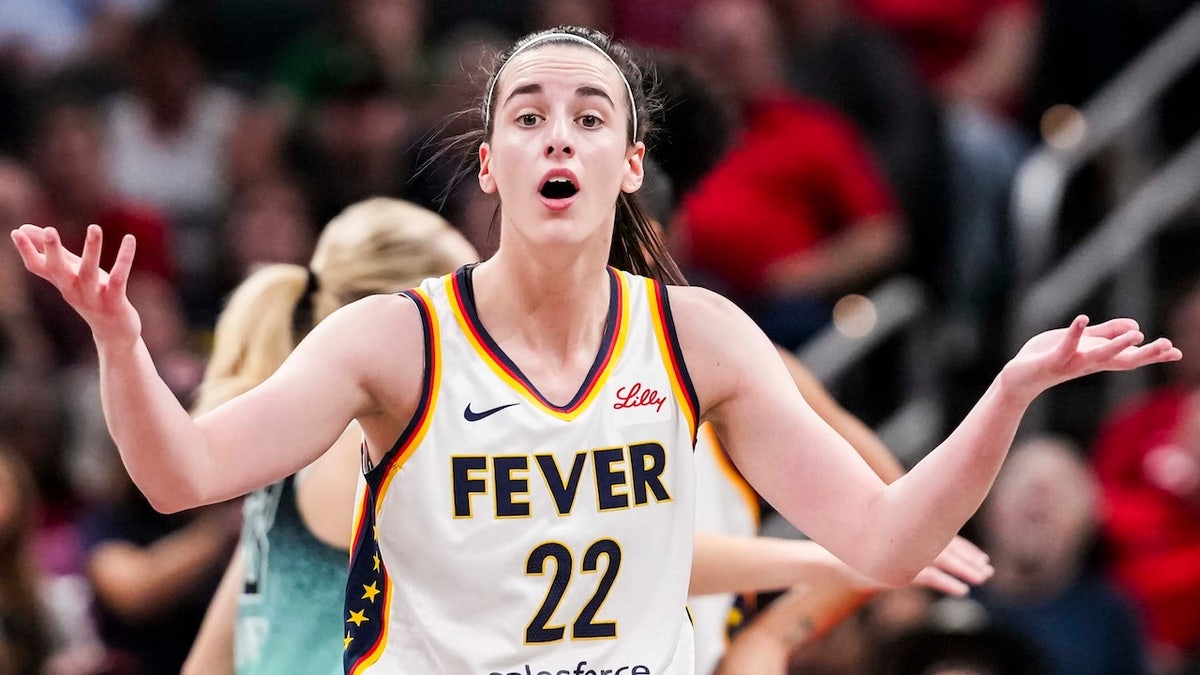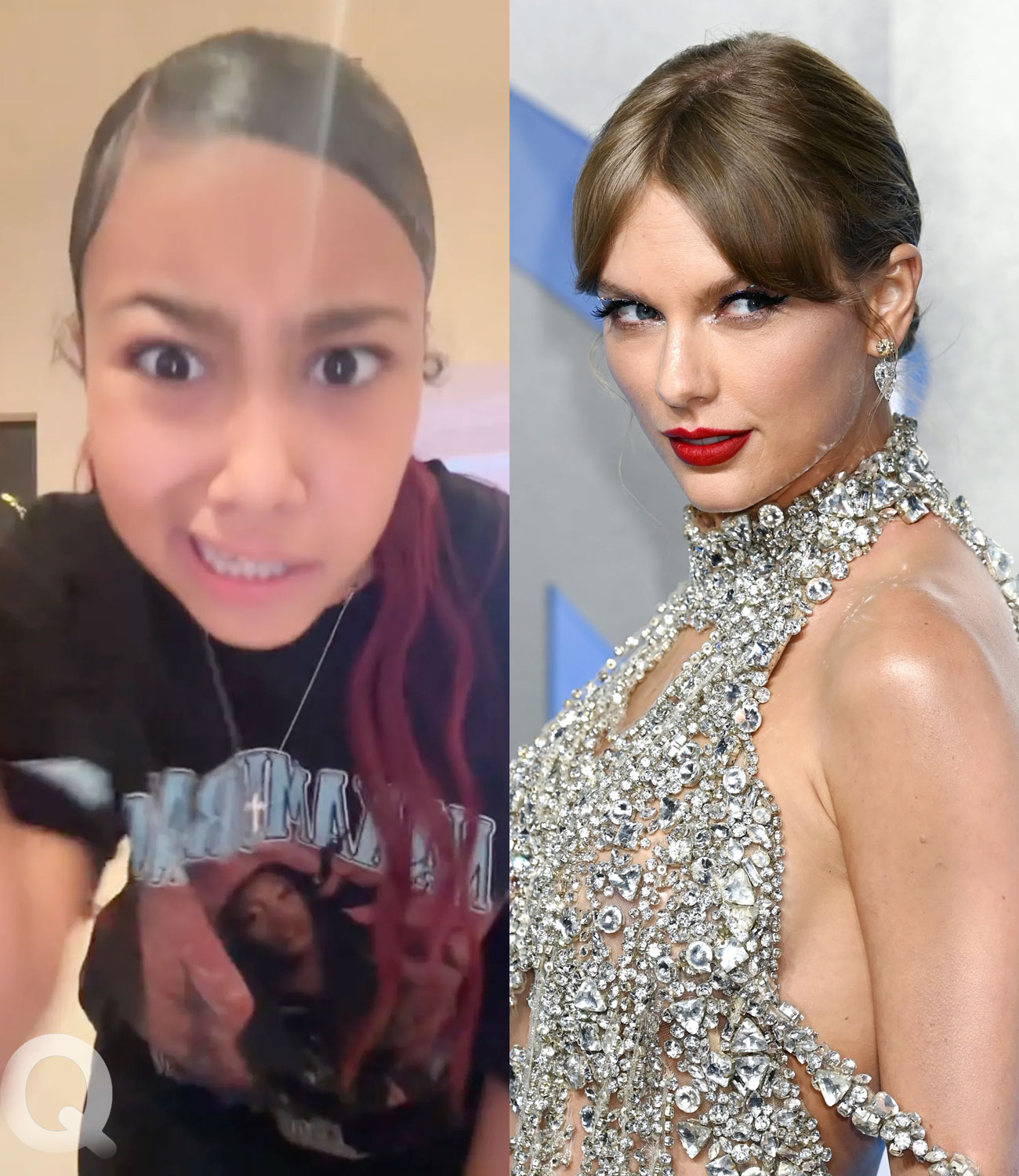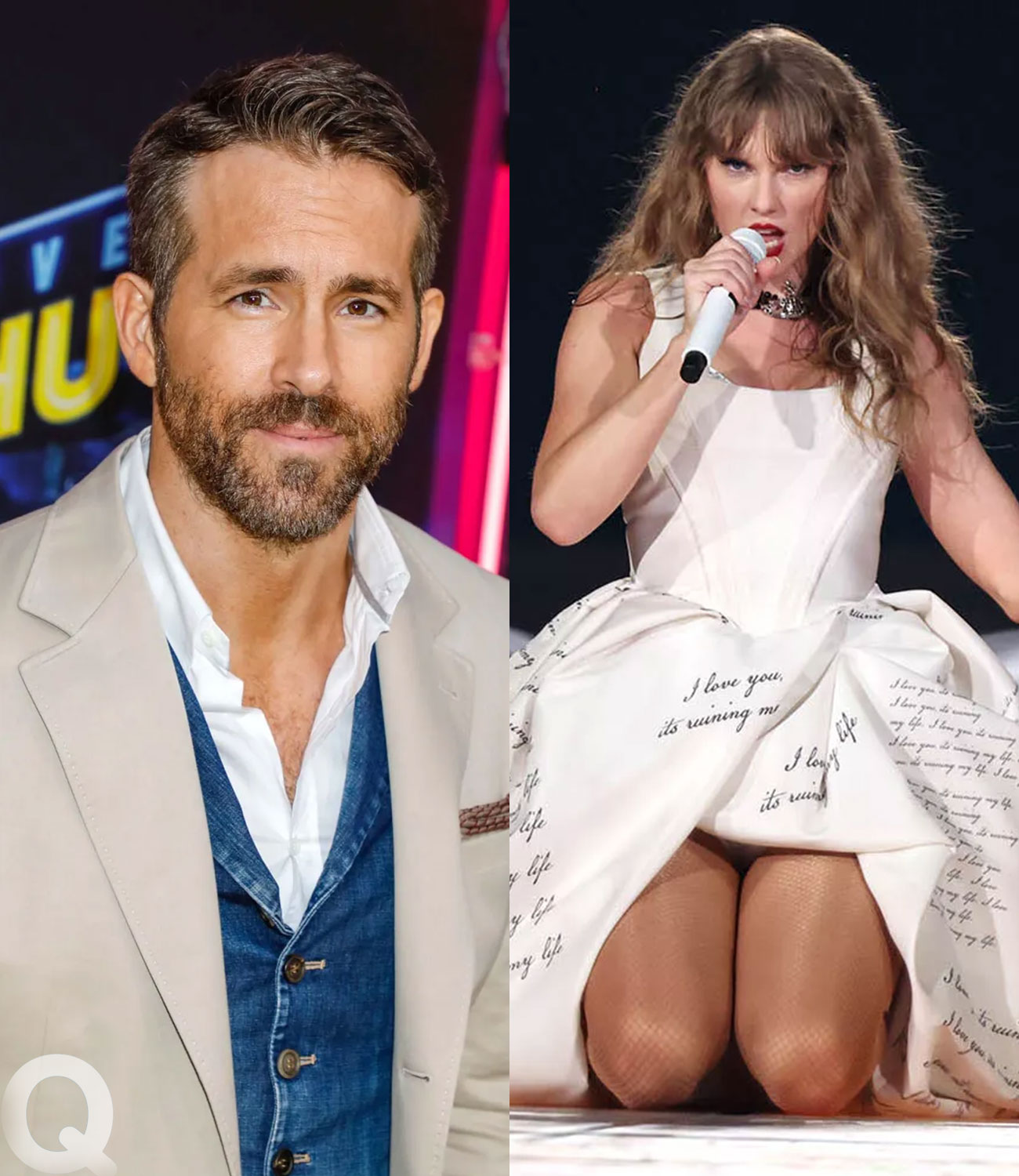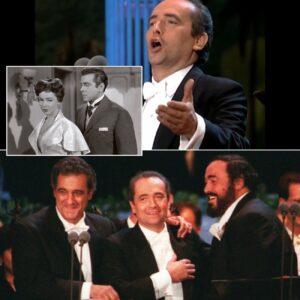Diamond DeShields OFFICIALLY FIRED After Caitlin Clark Attack – WNBA Bullies ON NOTICE!
Diamond DeShields formerly of the WNBA Chicago Sky — yes, the same one who bulldozed Caitlin Clark of WNBA Indiana Fever in what many are calling the cheapest shot of the season — just found out the hard way what happens when you mess with the WNBA’s golden child.
The Fallout of a Reckless Play: Diamond DeShields and the WNBA’s Response

In the world of professional sports, the line between competition and aggression can sometimes blur, leading to moments that define careers—both positively and negatively. Recently, the WNBA found itself at the center of a storm following an incident involving Diamond DeShields and Caitlyn Clark, a player who has quickly become the face of the league. This article delves into the implications of DeShields’ actions, the league’s response, and the broader context of player dynamics within women’s basketball.
The controversy ignited during a game between the Indiana Fever and the Chicago Sky, where DeShields delivered a shoulder check to Clark, who is widely regarded as the WNBA’s “Golden Child.” This was not just a hard foul; it was a blatant act of aggression that many fans and analysts labeled as the “cheapest shot of the season.” The play was not only reckless but also targeted, as it seemed to stem from DeShields’ frustration rather than a legitimate attempt to contest the ball.
Clark, known for her exceptional talent and marketability, has become a beacon for the league, drawing attention and fans in ways that few others have. The backlash against DeShields was swift and severe, with social media erupting in condemnation of her actions. Fans, former players, and commentators alike expressed outrage, emphasizing that this was not just a foul but a deliberate attack on the league’s brightest star.
In the aftermath of the incident, the WNBA’s response was telling. DeShields was not merely suspended; she was effectively blacklisted from the league. This decision sent a clear message: aggression towards the league’s marquee players would not be tolerated. The WNBA’s front office made it abundantly clear that if you come after Caitlyn Clark, you risk not just a foul but your entire career.

The league’s silence in the immediate aftermath of the incident was deafening. Fans were left wondering why it took so long for the WNBA to act. The delay in response raised questions about the league’s priorities and its commitment to protecting its stars. As the outrage grew, the WNBA could no longer ignore the situation, leading to DeShields’ eventual release from both the Chicago Sky and the New York Liberty.
DeShields’ career took a dramatic turn following the incident. Once a promising player, she found herself without a team, grappling with the reality of being cut from two franchises in quick succession. Her emotional response on social media, where she expressed heartbreak and confusion, resonated with many fans, but it also highlighted the consequences of her actions.
The fallout from the incident was not just about DeShields’ immediate future; it reflected a broader issue within the league. The WNBA has been striving for respect and recognition, and the emergence of players like Caitlyn Clark has shifted the dynamics. Clark’s rise has not only brought attention to the league but has also created a sense of competition among players, some of whom may feel overshadowed or threatened.
The reaction to DeShields’ actions reveals underlying tensions within the league. Some players and commentators have suggested that the animosity towards Clark stems from jealousy. As Clark’s star has risen, so too has the scrutiny on other players, particularly those who have struggled to maintain their positions in the league. The narrative that women in sports do not support one another is a recurring theme, and DeShields’ actions seem to exemplify this sentiment.
The WNBA is at a crossroads, where the emergence of new talent is both a blessing and a challenge. Players like Clark are not just changing the game; they are redefining what it means to be a star in women’s basketball. The attention they garner can elevate the entire league, but it can also create friction among players who feel their contributions are being overlooked.
As the WNBA moves forward, the implications of the DeShields incident will linger. The league has made it clear that it will not tolerate aggression towards its stars, and this sets a precedent for how players conduct themselves on the court. The fallout from this incident may serve as a cautionary tale for others, emphasizing the importance of sportsmanship and respect in a league that is still fighting for its place in the sports landscape.
Caitlyn Clark’s rise has brought a new level of visibility to the WNBA, and with that comes the responsibility of protecting its most valuable assets. The league’s decision to take a stand against DeShields is a reflection of its commitment to fostering a positive environment for all players, particularly those who are helping to elevate the game.
The saga of Diamond DeShields serves as a reminder of the fine line athletes walk between competition and aggression. In a league that is still carving out its identity, the actions of one player can have far-reaching consequences. As the WNBA continues to grow, it must navigate the complexities of player dynamics, competition, and the ever-present need for respect and sportsmanship.
The future of the league will depend on its ability to embrace new talent while ensuring that all players understand the importance of maintaining a culture of respect. The DeShields incident may have marked the end of one player’s career, but it also signals the beginning of a new chapter for the WNBA—one where the protection of its stars is paramount, and where the actions of players will be scrutinized more than ever before.











